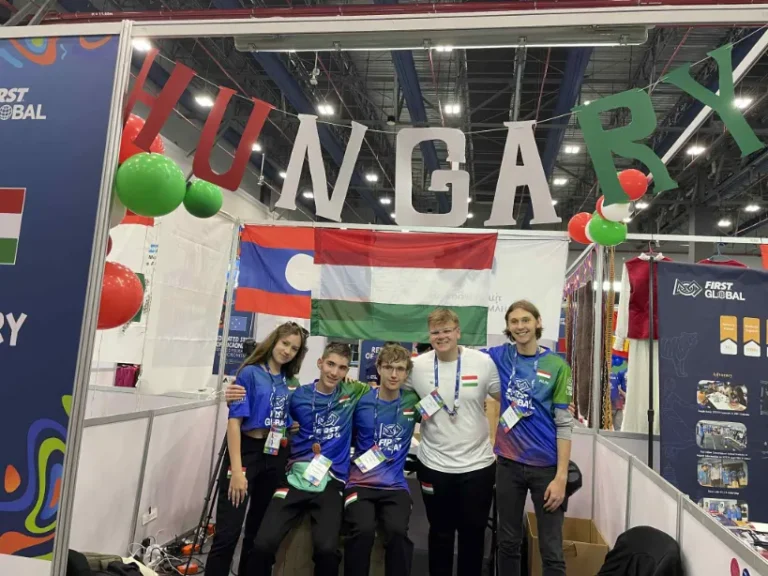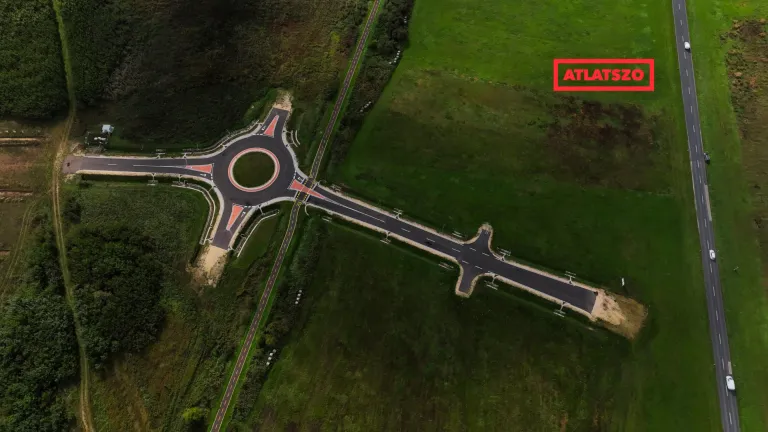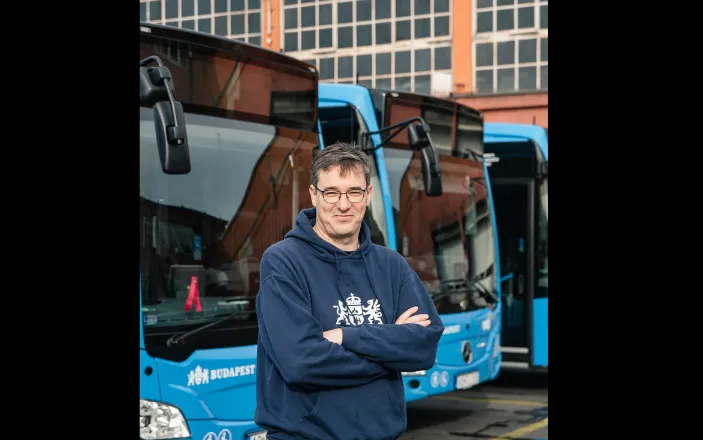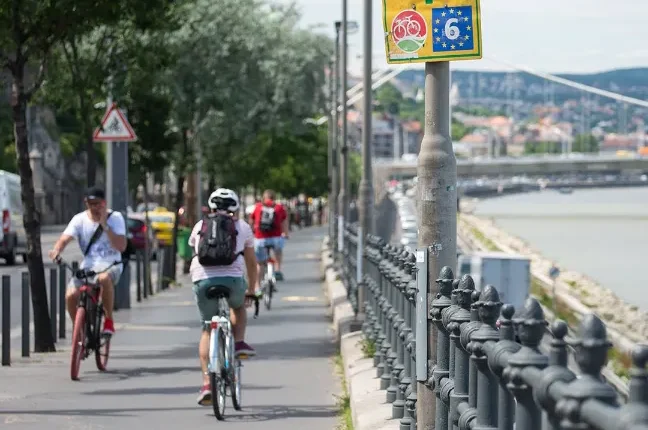development
At least 12,000 students will soon call the new Budapest Student City dormitories their home

Transport minister suggests some railway buildings can become shopping centres

Hungarian research team will develop humanoid robots

Kyrgyzstan and Hungary open a new economic chapter in Budapest

Hungarian team achieved an outstanding result at the international robotics competition

Budapest’s most exciting new developments for 2025: From the airport railway to Hotel Gellért

Hungary’s most infamous roundabout explained: why it leads from nowhere to nowhere – photos, video

Budapest’s newest shopping centre opens today!

New buses to serve passengers in Budapest from tomorrow – updated

Missing section of Danube cycle path in Budapest can be built soon

Central Europe’s first LED cinema opened in Budapest: another universe of film magic – video, photos

Orbán cabinet is building pointless Danube bridge for tremendous money while Budapest bridges rot – photos

800,000+ households and businesses may gain access to Hungary’s top internet network

Budapest’s 1st new Arriva bus showcased on car-free weekend – photos

Mobile app development trends to watch in 2025

PM Orbán: security lost in the West, families feel unsafe

Mayor Karácsony: new Mercedes-Benz buses on the road to Budapest

Major delays expected on the busiest Hungarian motorway to Austria as expansion works begin





 ZH
ZH IT
IT DE
DE HR
HR NL
NL FR
FR JA
JA RO
RO RU
RU ES
ES TR
TR
